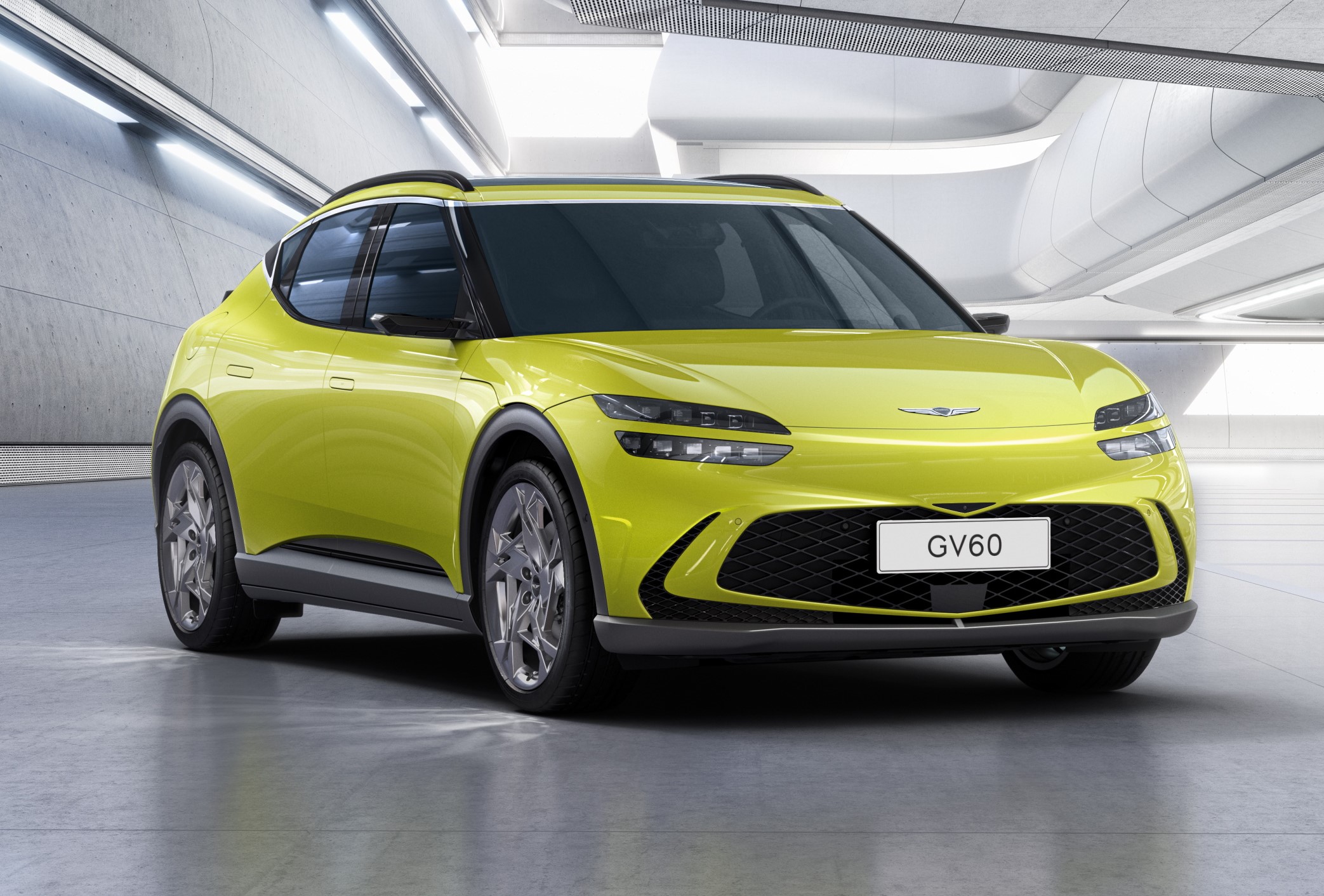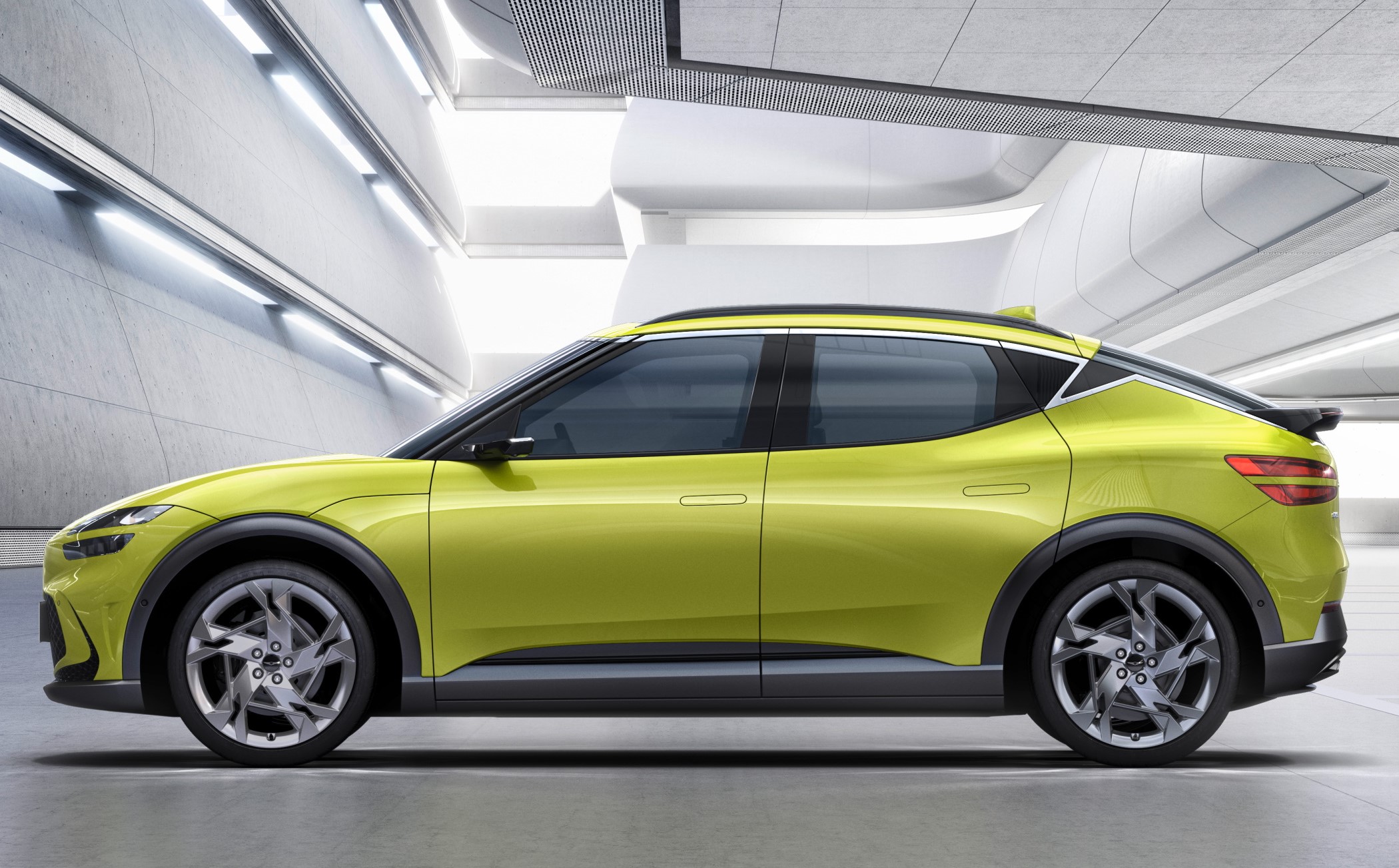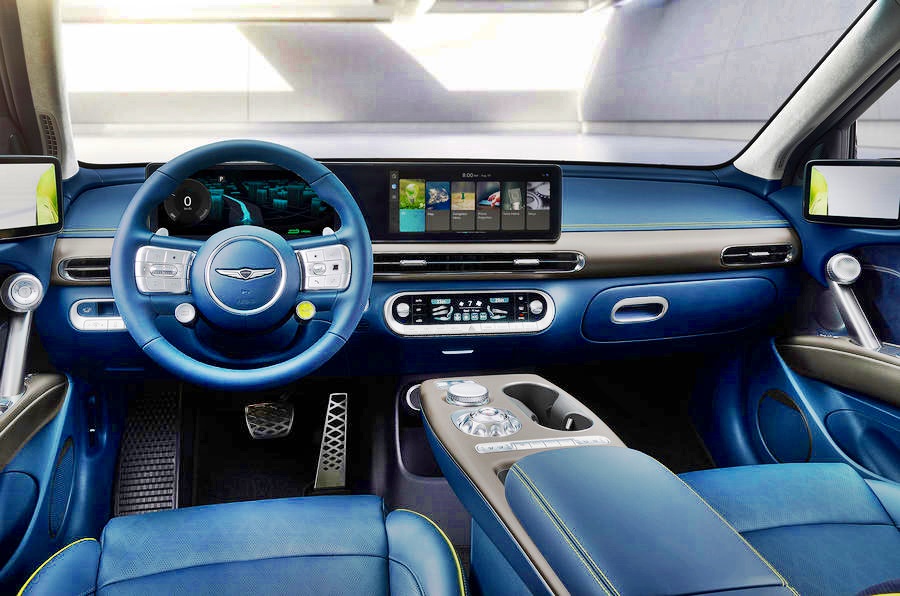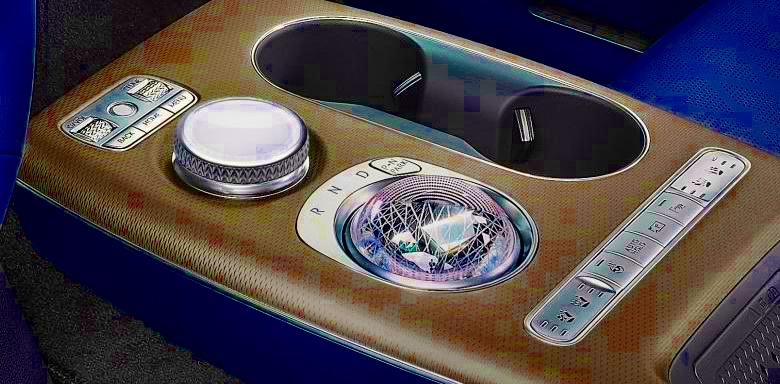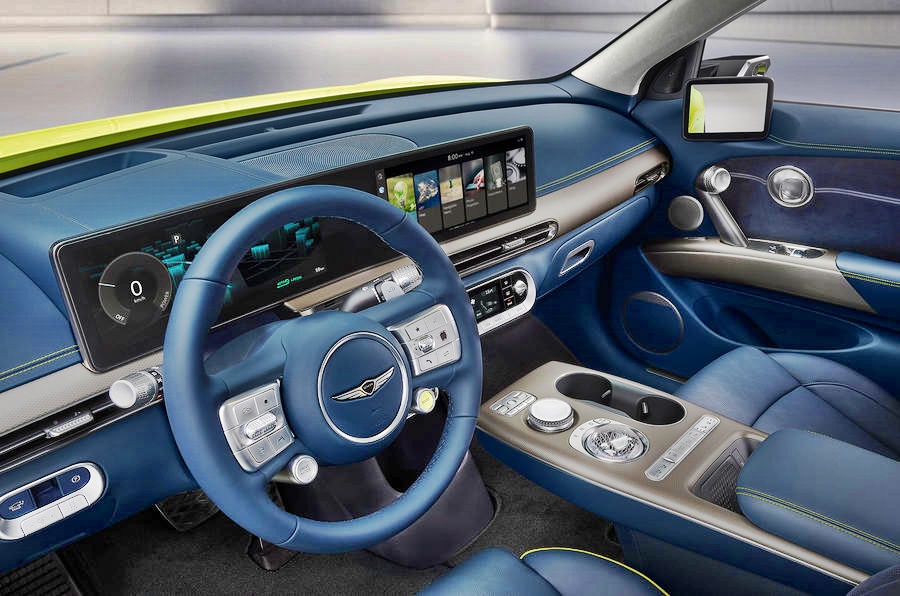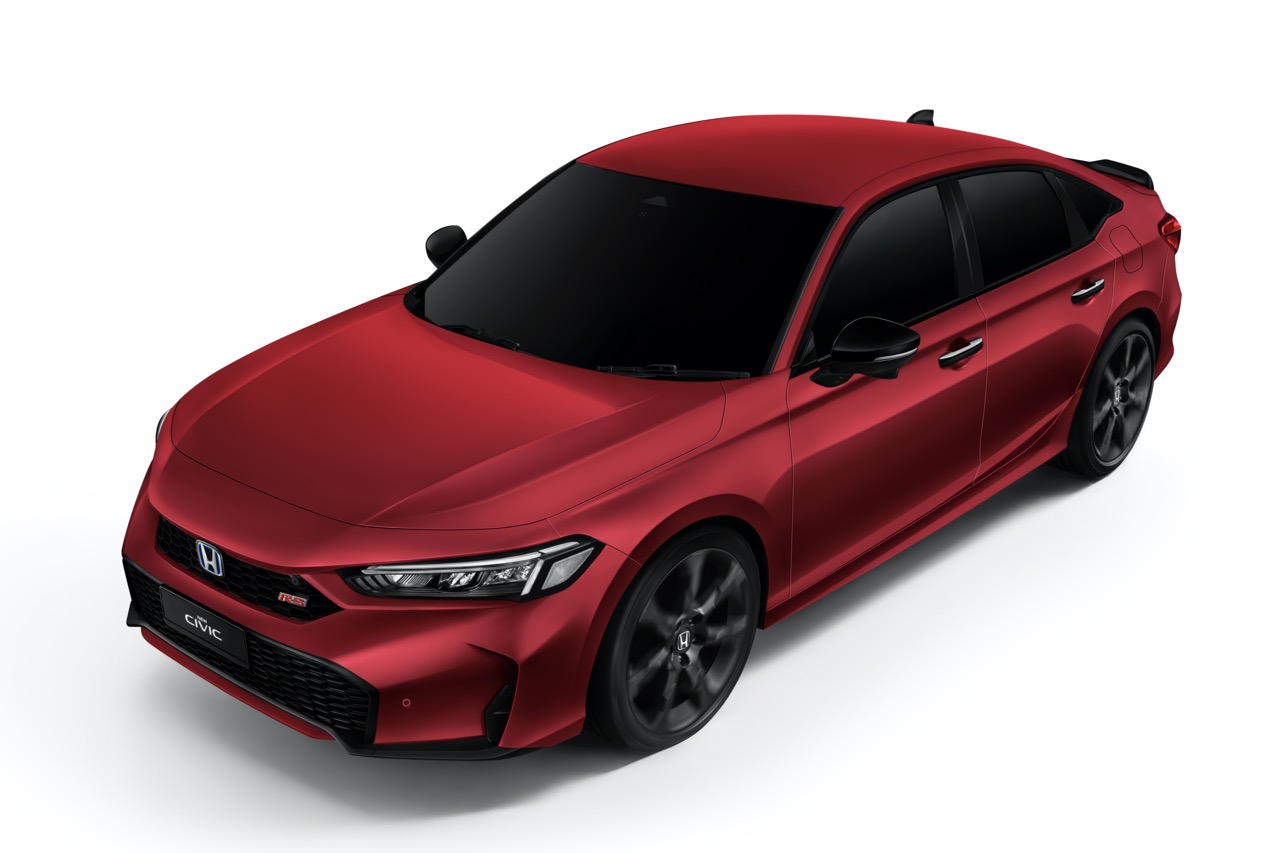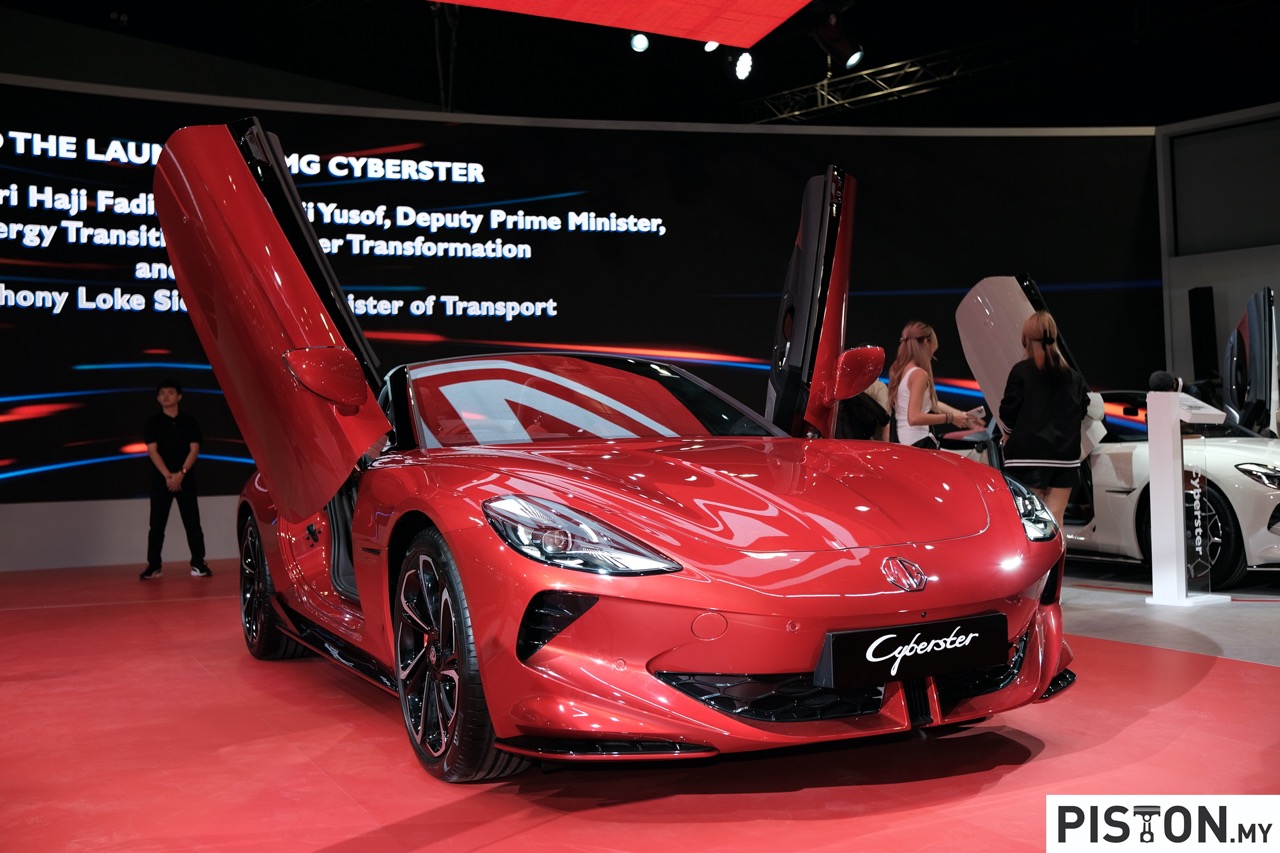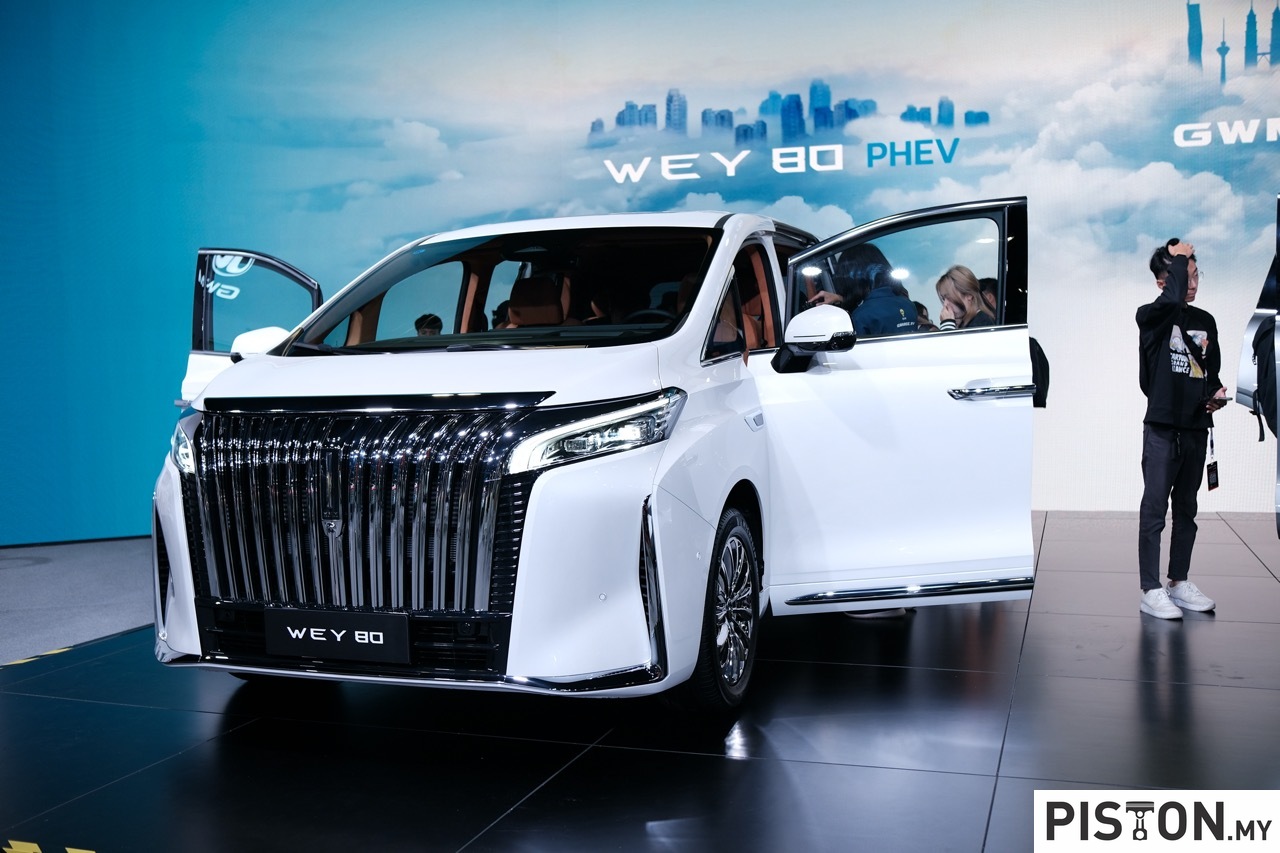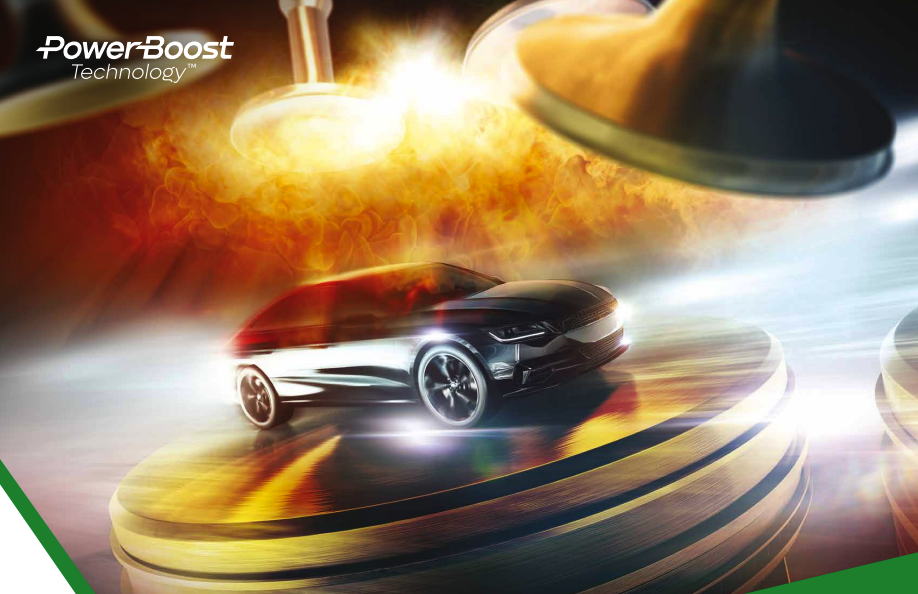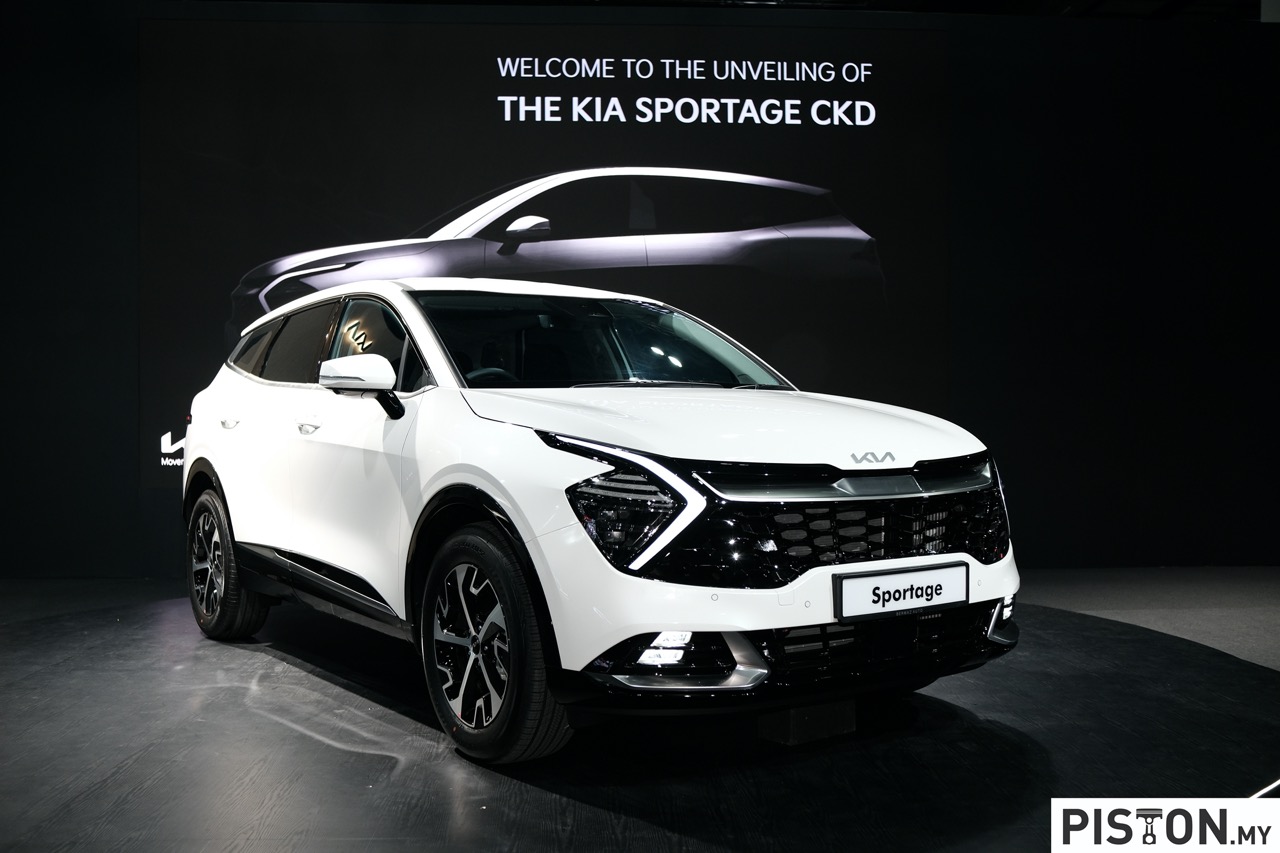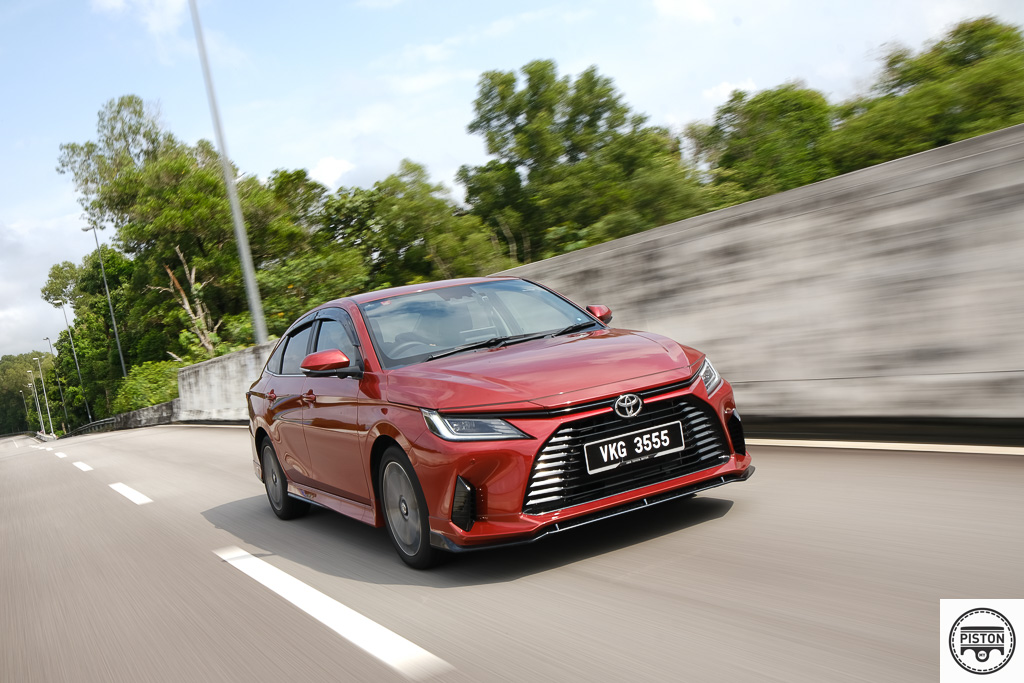In the past year, Genesis, Hyundai’s premium brand, has been busy expanding its range, especially with its entry into the European market this year. Soon, the range will be joined by the new GV60, the brand’s first electric vehicle based on the Hyundai Motor Group’s dedicated EV platform (E-GMP).
Numbering system of Genesis range
The ‘G’ in GV60 represents ‘Genesis’, while the ‘V’ represents the vehicle’s versatility. The number ‘60’ is the lowest in the Genesis line-up and comes as the brand evolves its model-numbering scheme to fit the design identity of ‘Athletic Elegance.’ Applying a different approach from convention (where smaller numbers refer to smaller size), lower numbers will emphasize athleticism under the scheme, with elegance represented by higher numbers.
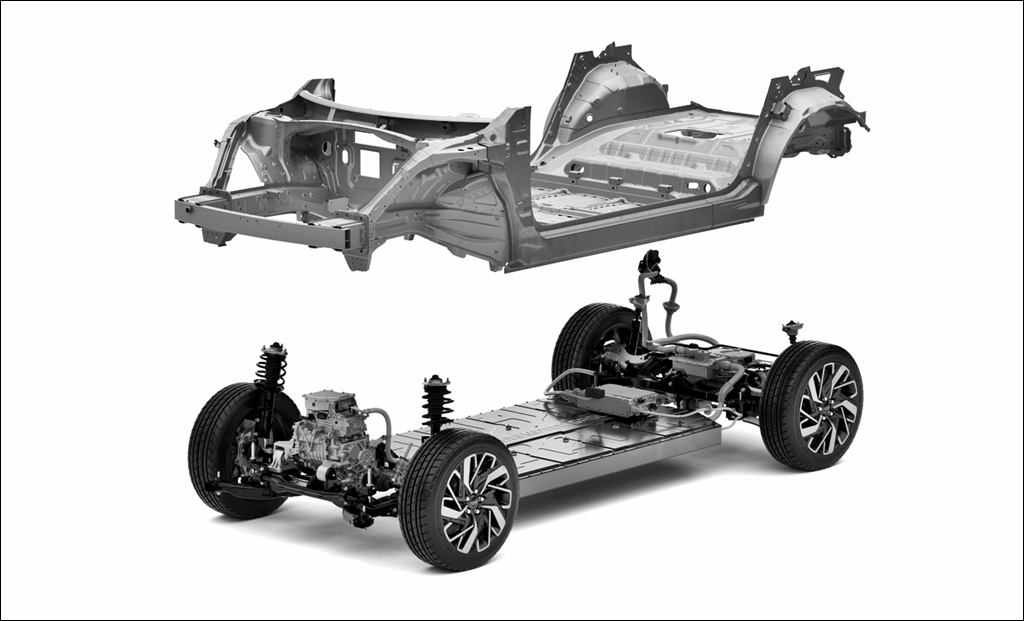
Sleek, coupe-like design
The exterior design highlights a high-performance image along with a dynamic and smooth appearance, with the front featuring a design optimized exclusively for an electric vehicle. Below the line of flanking Two-Line Quad Lamps is a more athletic Crest Grille. While there is no internal combustion engine to cool, the grille is still used to allow air to blow towards the high-voltage battery pack in the underbody for cooling.
The GV60 will also see a new wing emblem applied to the grille, with the thickness of the emblem reduced by nearly 80% from previous models. It has the same unique Guilloche pattern often seen in luxury watches, a blend of the brand’s analogue sensitivities with high-tech innovations.
In addition, Genesis designers have opted for a ‘Clamshell Hood’ for the first time, a single panel which combines the bonnet and fenders, creating a sleek impression by removing lines between the parts.
The side view shows a smooth and dynamic profile of a high-performance coupe. The silhouette is simple yet sharp, running from the bonnet to the rear spoiler. The spoiler accents the coupe-shaped roof. A chrome line flowing from the windscreen to the top of the Day Light Opening (DLO) window extends to a C pillar-garnish design that embodies the image of ‘electric’, adding a distinctive characteristic to the model.
Shoulder volume is emphasized in the rear fender to create a low and wide profile and further accentuate the image of high-performance by combining it with technical functions such as various sensors, taillights, and rear turn signals at the bottom.
Digital rearview mirrors
The GV60 will not have conventional door mirrors using reflective surfaces. Instead, they will capture the rearward views on either side using a camera and display images on a monitor. The door handles remain flush when not needed, improving aerodynamics, and automatically pop up when the driver approaches the car.
The Crystal Sphere
The interior takes on Genesis’ design ethos of the ‘Beauty of White Space’ to create a spacious and comfortable interior. At the same time, it has embodied differentiated images with its floating architecture and unique details. The most noticeable feature is the Crystal Sphere, a sphere-shaped Shift-By-Wire (SBW) that intuitively informs drivers when the car is ready to drive.
The Crystal Sphere is one of the most compelling design elements of the GV60. When the car’s powertrain is turned off, the Crystal Sphere becomes mood lights, adding to the aesthetic of the driving experience. When readying to drive, it rotates and the SBW display appears, creating an indoor atmosphere of futuristic mobility. The Crystal Sphere can this also provide emotional connection with driver while indicating driving status.
The ‘floating’ console, where the Crystal Sphere is located, works with other design features such as the slim cockpit and flat floor to provide passengers with a maximum level of openness. The ‘crash pad’ in the cabin is designed in a wide and slim shape to augment the pleasant interior, emphasizing a high-tech atmosphere with a wide-screen integrated indicator for audio, video, navigation, telecommunication.
Genesis has not given details of the electric powertrain although it is likely to be shared with recent new EV models like the Hyundai Ioniq5 and Kia EV6. The launch date is also unknown but the Korean market is likely to get it this year, and shipments to other markets will start in 2022.




